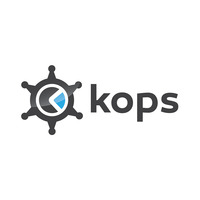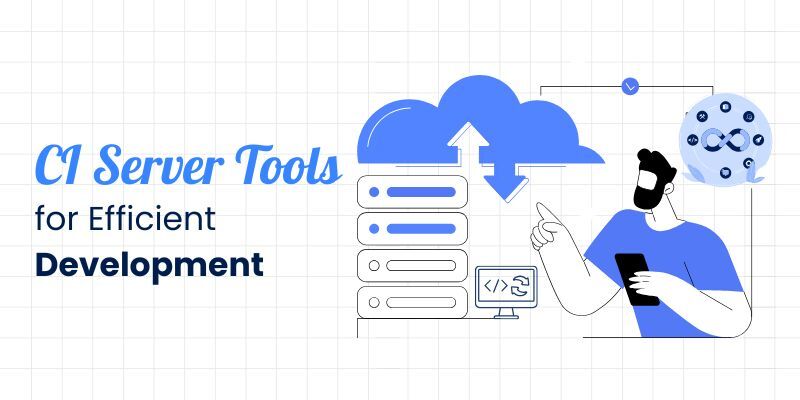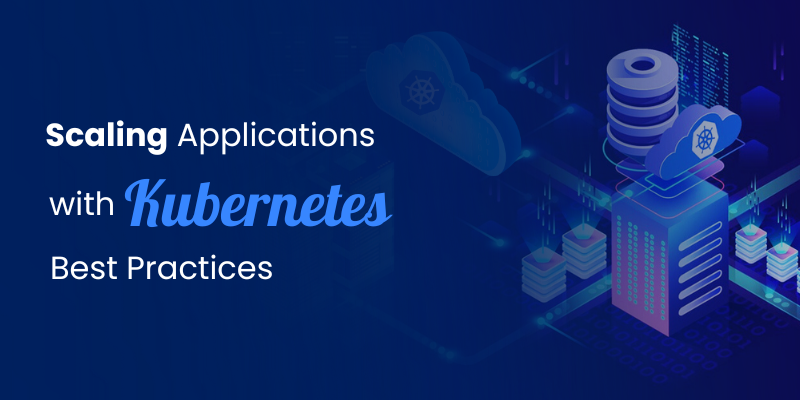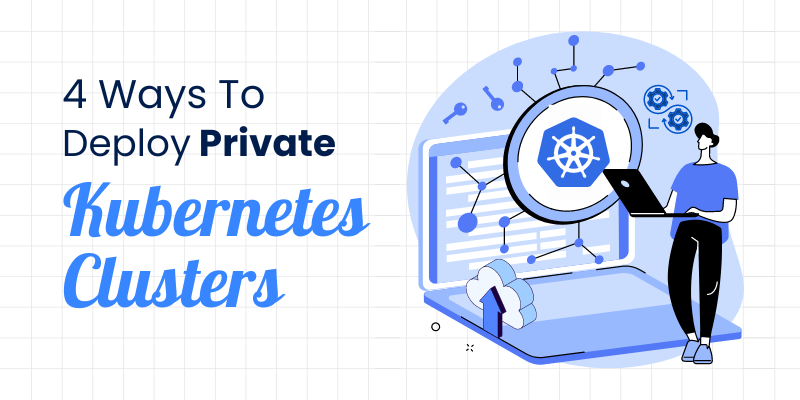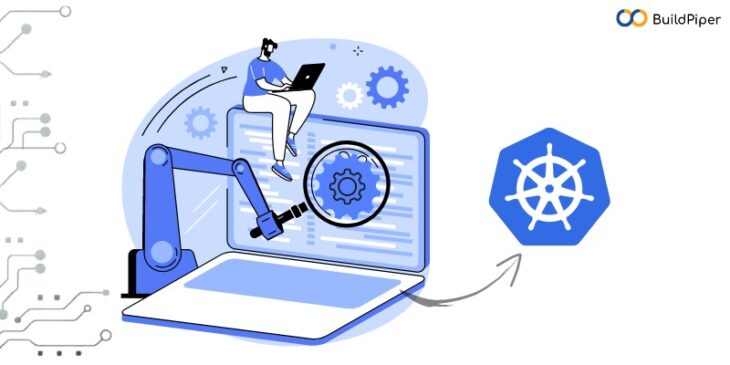
If the tools you choose for Kubernetes don’t enable automation, then, frankly speaking, you’re not taking true advantage of the benefits of orchestration! Here are the top three tools to automate Kubernetes deployment. Take a look!
The Kubernetes open-source container orchestration engine is not a management platform and neither should it be mistaken for one. The main idea behind container orchestration is to reliably enable an automated system to facilitate the deployment and management of applications at scale, without the need for human intervention at each and every step.
There are a variety of different services and tools in the market to automate Kubernetes deployment, each with its own discrete benefits and implementations. Finding the best product for your business to automate cluster creation, configuration, maintenance, and upgrades can be a hard nut to crack. Some of the most popular options include Kubernetes Operations, Kubespray, Kube-AWS, BuildPiper and Spinnaker.io.
Exploring the benefits and stopgaps of each is an excellent way to find the best fit and put your business ahead of the industry curve. Here are the top three tools to automate Kubernetes cluster deployments. Take a look!
Kubernetes Operations (kOps)
KOps is an open-source tool that helps in automating Kubernetes operations and makes your Kubernetes cluster up and ready without human intervention. This open-source tool automates clusters in AWS & GCE and supports cloud-native features and automatic updates.
KOps makes automating operational tasks easier allowing DevOps teams to easily scale up nodes or scale up the cluster. It simplifies the setup and management of a Kubernetes cluster as compared to a manual setup. Kubernetes Operations provides automated deployment on AWS, GCE, OpenStack and VMware and vSphere. Other features of this tool include,
- It is built on a state-sync model which provides dry-runs and automatic idempotency.
- Eight different CNI networking providers.
- Provides support for add-ons, upgrading from Kube-up, and has the ability to generate Terraform configurations.
- Command-line autocompletion.
KOps helps DevOps teams in resolving Kubernetes deployment issues such as added project complexity and deployment speed.
Kubespray
Kubespray is an automation tool that can help DevOps teams to automate the provisioning of Kubernetes with Ansible, an open-source IT automation engine. It enables quicker, more flexible and hassle-free deployment of K8s clusters allowing teams to customize the implementation process.
Often defined as a combination of Kubernetes and Ansible, Kubespray is built from Ansible’s provisioning and deployment capabilities. It can operate on bare metal and most cloud services. Also, it supports popular Linux distributions, such as Ubuntu, CentOS, Debian, Fedora, OpenSUSE, and Flatcar. Other features of Kubespray include,
- With Kubespray, teams can automate operational tasks such as creating clusters, composing inventory files, and cluster deployment.
- Kubespray can make the overall process of deploying Kubernetes very easy as users may need to run just one Ansible playbook to deploy the K8s cluster.
- Other additional components such as Ansible playbooks or provisioning tools can be plugged in as per the cluster requirements.
Kubespray is one of the most effective options if your business needs to run a hybrid environment with more than one public cloud on your premises.
Despite these benefits, teams can face certain challenges while using this tool. A major drawback of using Kubespray is the inability to self-provision. But, this drawback can be remedied by Kubespray’s support of Terraform on public clouds. Kubespray is one of the most adaptable options to automate Kubernetes cluster deployment and can be used on many different services, that include, AWS, GCE, and Azure.
BuildPiper
BuildPiper is an end-to-end Kubernetes & Microservices Application Delivery Platform with the ability to run zero-touch, fully automated & secured CI/CD pipelines. Here are some of the other out-of-the-box functionalities of this Kubernetes tool,
- Namespace/ Ingress Management
Easy creation of Ingress, Namespaces, Config Maps, Secrets. This can easily be done through a Guided UI or by uploading the Manifest file via Gitops. - Security Tools
Easy and production-grade setup of supporting tools for security such as Hashicorp Vault, Consul, Sonar, Istio, and Nginx from a single, centralized console. - Monitoring & Log Management Tools
Hassle-free and enterprise-grade setup of Monitoring tools such as Prometheus, Grafana, Alert Manager and Log Management tools such as ElasticSearch, Fluentd, and Kibana. - 360-degree Cluster Observability
Easy and seamless configuration, maintenance and management of Kubernetes cluster with deep insights and 360-degree observability. - RBAC
RBAC-based safe and compliant interface for K8s Operations and access control management. - Kubernetes Dashboard
Detailed cluster monitoring via a feature-rich and user-friendly Kubernetes dashboard. - AWS Cluster Creation
Highly secure creation of AWS cluster that conforms to AWS & CIS benchmarks-driven security standards and practices by default. - AWS Spot Instances
Cost Optimised setup with an added advantage to leverage AWS Spot Instances during AWS cluster creation. - Start/Stop/Cloning an Environment
Quick and hassle-free modification and cloning of the build & deploy details from an already created environment. - Cost Optimization with Spot Instances
Allowing DevOps teams to use spot instances for running containerized workloads.
BuildPiper eases the task of the DevOps team as it frees them from the task of keeping a check on the implementation details of Kubernetes components and making sure that the cluster is healthy, secure, and up to date. With added functionalities like Managed Microservices, security, compliance, and observability, BuildPiper can help in deriving value from microservices applications and accelerating business growth.
[Good Read: “An Introduction to Kubernetes Architecture!”]
Stay tuned for more information & recent updates on Kubernetes tools, in our upcoming blogs! Have a HAPPY Reading till then!

